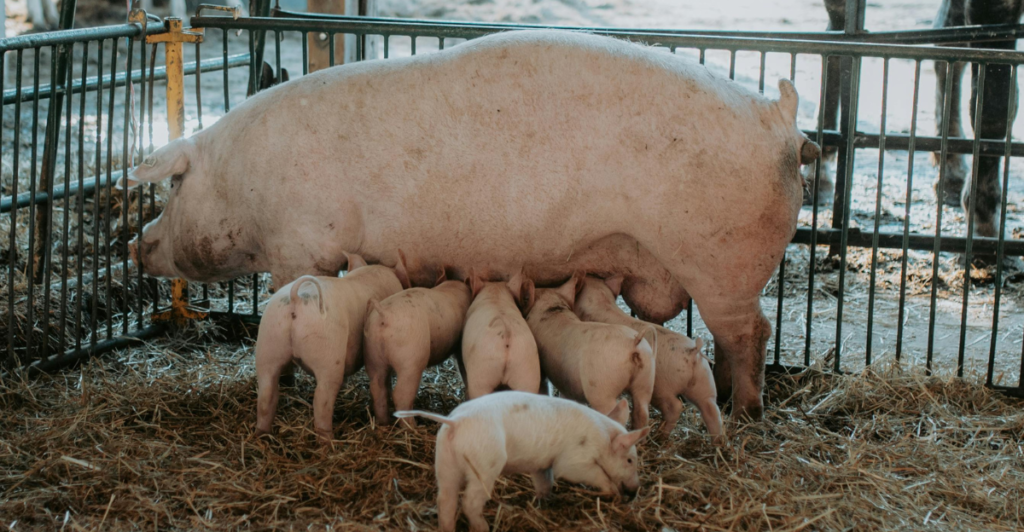
The United States is home to diverse wildlife, but not all of these animals are as harmless as they seem. While most creatures pose little risk, some are responsible for a surprising number of fatalities each year. From venomous snakes to large mammals, these animals can be deadly when provoked or when humans venture too close. These are the ten most lethal animals in the United States.
1. Deer

Believe it or not, deer are the leading cause of animal-related fatalities in the U.S., primarily due to vehicle collisions. An estimated 120 to 200 deaths occur each year as a result of deer-vehicle accidents. The peak season for these collisions is mating season in the fall and dawn and dusk when deer are most active. Drivers swerving to avoid deer can also lead to serious accidents, contributing to this high fatality rate.
2. Hornets, Bees, and Wasps

Between 2011 and 2021, 788 deaths occurred from hornet, wasp, and bee stings, primarily due to allergic reactions to their stings. Most fatalities occur among individuals who are unaware of their allergies or do not have access to emergency medical treatment. The risk of severe allergic reactions increases during warmer months when these insects are more active.
3. Cattle

Cattle are responsible for approximately 22 human deaths each year in the U.S., often due to trampling or goring incidents. Farmers and ranchers are particularly at risk, especially when working with aggressive bulls or during calving season when cows may be protective of their young. Fatalities typically result from blunt force trauma, and many incidents occur in confined spaces where escape routes are limited.
4. Livestock

Beyond cattle, other livestock, such as pigs and horses, can also pose risks, contributing to fatalities through similar mechanisms of trampling or kicks. The agricultural sector sees numerous injuries and deaths related to livestock handling each year, highlighting the importance of safety precautions when working with large animals.
5. Rattlesnakes

Rattlesnakes are among the most venomous snakes in North America, with several thousand bites reported annually. While fatalities from rattlesnake bites are rare, averaging about five to fifteen per year, they can be severe if not treated promptly. Rattlesnakes typically bite in self-defense when threatened, making awareness and caution crucial in their habitats.
6. Grizzly Bears

Grizzly bears can be extremely dangerous when surprised or provoked, especially if they feel their cubs are threatened. Although fatalities from bear attacks are infrequent—about one or two per year—they can be severe due to the bear’s size and strength. Proper precautions, such as making noise (to avoid surprising a bear) while hiking and carrying bear spray, can help mitigate risks.
7. Cougars

Cougar attacks on humans are rare but can be fatal when they occur. There have been only a handful of recorded fatalities since the late 1900s, but as urban areas expand into cougar habitats, encounters may increase. Understanding cougar behavior and avoiding hiking alone in remote areas can reduce risks.
8. Alligators

Alligators pose a significant threat in states like Florida, where they inhabit freshwater lakes and swamps. Fatal attacks are rare but do occur, averaging about one or two per year. Most incidents happen when humans venture too close to alligator nests or attempt to feed them, leading to aggressive behavior.
9. Moose

Moose are typically not aggressive animals, but they can pose a danger to humans, especially in areas where their habitats overlap with human activity. In Alaska alone, moose-related incidents result in injuries to approximately 5 to 10 people each year, a number that can fluctuate but still surpasses the number of bear attacks in the state. While fatalities from moose encounters are rare, they can occur, particularly if a person is trampled or injured during an aggressive encounter. These incidents are often provoked by a mother moose protecting her calf or by bulls during the rutting season when they become more territorial.
10. Black Bears

Black bears tend to be less aggressive than grizzlies but can still pose a danger if approached or cornered. Fatalities from black bear attacks are extremely rare; however, they can occur if a bear feels threatened or is surprised at close range.
11. Arizona Bark Scorpion

The Arizona Bark Scorpion is the most venomous scorpion in North America, posing a significant threat to human health, particularly in the desert Southwest. Typically measuring between 1 and 3 inches in length, this scorpion is known for its painful sting, which can cause severe symptoms such as intense pain, numbness, tingling, and muscle twitching.
12. Wolves

Wolves rarely attack humans; however, they can be dangerous if provoked or if rabid. While there have been very few recorded incidents of wolves attacking humans in the U.S., there have been no confirmed fatalities from such attacks, but they can pose threats to livestock and pets, leading to conflicts with humans.
Source:
10 Most Lethal Animals In The United States You Don’t Want To Mess With
Disclaimer: This article was written with the assistance of AI and was edited/fact-checked by a human.
Stay connected with us for more stories like this! Follow us to get the latest updates or hit the Follow button at the top of this article, and let us know what you think by leaving your feedback below. We’d love to hear from you!







